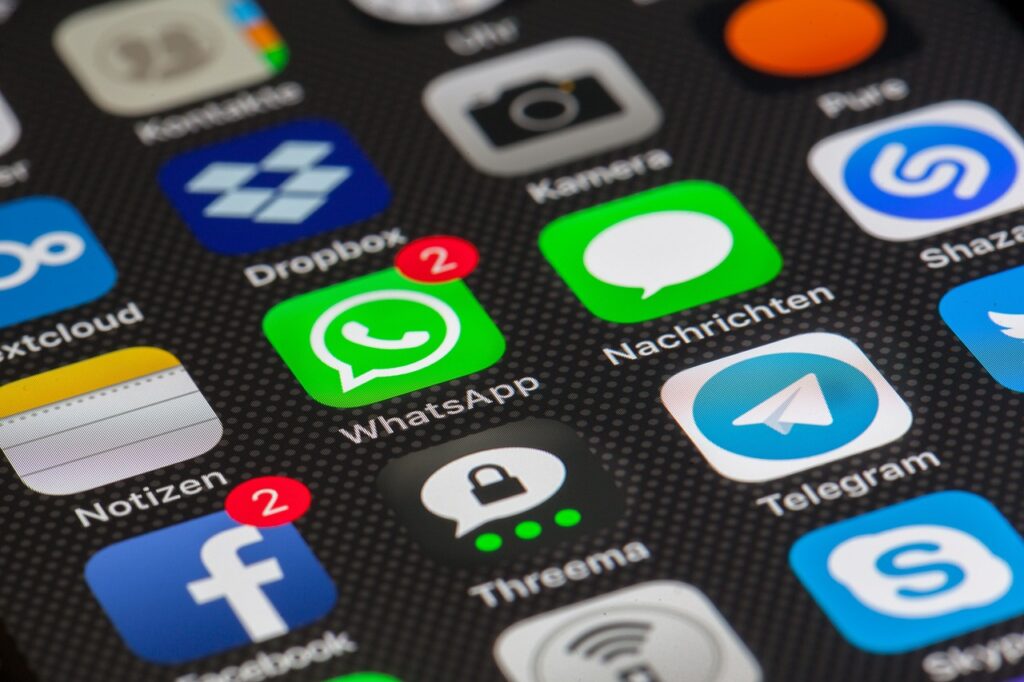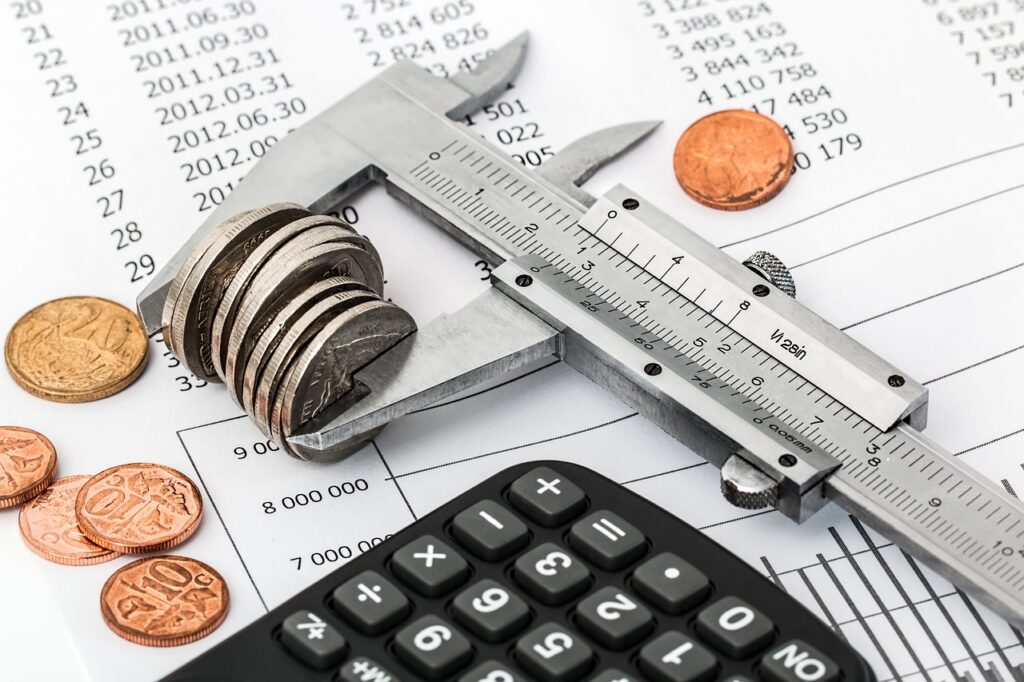Meh, yawn, ugh… this is what I’m hearing as you start to read this. After all, who wants to track their spending? It’s fun to spend the money, but it sounds tedious to actually track it. Well, I hate to tell you this, but there are fine folks all over the world that track every penny that they spend and you know what they have that you don’t? A clear understanding of where their money is going so that they can make any adjustments that are needed to become financially resilient. If you’re reading this, I bet that you would like to become financially resilient too. That’s why I’m going to provide you with the tool that I use (and some others to consider) that will show you precisely how to track your spending.
5 Benefits of tracking your spending.
It basically comes down to, “if you can name it, you can tame it”. Once you start to see where your money is going, you can adjust accordingly. You will start to pay your bills on time, reduce penalties and interest and start to save more. All very, very good things.
- Help to prevent overspending
- Help to pay down debt
- Help to grow your savings
- Help to discuss finances with your spouse/partner
- Change your overall relationship with money

Manual tracking vs. using an app
You might say, “there’s an app for that” and you would be totally correct. Some people love to use apps that connect to their banks and automatically update and others don’t so here are a few options to consider.
1/ Retro ~ Pencil and Paper
Some folks find that they retain information better when they write things out on paper. It is also much more (and less) secure to do it this way. If your files are on a piece of paper, in a binder or in a notebook in your home, then the internet thieves can’t get their dirty little hands on it. The other side of this is if there is a fire or you get robbed, then you could lose all your hard work.
2/ Using a Digital Spreadsheet
This is the category that I fall into. That’s why I’m sharing the worksheet that I use with you. You can find my blank spreadsheet tracking document here. I developed and use a Sheets (previously Excel, and it should convert well if you prefer Excel) file because it does all the math for me and the figures easily can be turned into visual charts to show my progress and that is super satisfying!
Added bonus, if my house burns down or my computer breaks, it’s still right there in my Google files to access at any time. The downfall, the potential security risk of having it stored digitally like this.
3/ Using an App like YNAB
There are some powerful tools out there that track your spending and net worth by attaching to your bank and investment accounts and they are quite popular. I am hesitant to attach any outside app to my personal banking so I opted to not use this option, but plenty of people do and they rave about it. Here are a few to consider:
YNAB – YNAB stands for You Need A Budget. The basic premise of YNAB is to give every dollar a job so you assign your money to different categories then draw the spending out of those categories. The goal is to start to age your money which basically means to have enough money in the bank to pay next month’s bills and not just this month’s and so on.
Money.ca – provides a nice list of other apps that I’m less familiar with but may work great for your needs.
Basically, when it comes to which option to choose, you do you. What you’re most comfortable with is what will be most successful and has the best chance of you sticking with it.
How often should you track your spending and how long should it take?
I’ve found that the sweet spot is to track weekly. Every Sunday I sit down with my spreadsheet and receipts and banking/investing apps. This is frequent enough to remember what happened and to be able to update it quite quickly. It usually takes me only 10-15 minutes per week.
That said, if you are regularly spending with cash or using the cash envelopes system, you’ll want to track each time you make a purchase so that you don’t forget things.
6 Steps to track your spending
It’s really quite easy, here’s what I do.
- Open my tracking file. Here is the blank one that I made to share with you.
- Pull out all the receipts that I kept throughout the week (set these aside for now).
- Open my credit card apps one at a time and add any spending to the sheet.
- Open my banking apps one at a time and add any spending to the sheet.
- Review the receipts to make sure that all the spending is captured. Tip, if you shop at Walmart or Costco or Target or the like, you’ll likely have items from different categories on one receipt. For example, if you bought underwear and socks when you picked up your groceries on the weekend, you’ll want to take those dollars out of the grocery spending category and place them in the clothing category.
- Note: I do spend cash occasionally and I either ask for a receipt or make a note to track.
When it comes to taxes, etc… this isn’t the place to break those out. The purpose is to see where all of your hard-earned dollars are going.
That’s all it takes. And before you know it, you will know where all your money is being spent. You’ll be able to see by the 15th of the month if you’re overspending and can adjust in real time. I’m sure you can see how this would help you to reach your financial goals.
Then don’t forget to celebrate! You can feel good about the spending that you’ve done or see how much you have left for your latte habit for next week.
In case you missed these, you might want to read:
Financial Resiliency Series – 2023 Year in review in 9 easy steps
Financial Resiliency Series – 2024 Planning, how to set yourself up for success

